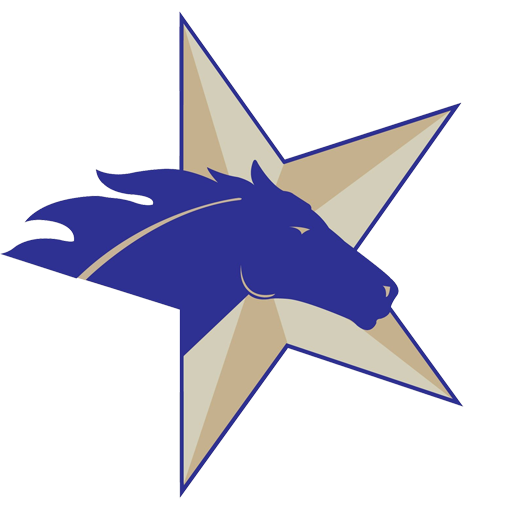TAX INCENTIVES ABOUND FOR BUYERS
For those considering the purchase of a horse, it is worth looking at the tax incentives available this year. Three incentive provisions apply:
1) Expense Provision, which allows the purchaser to expense (write off) all or a portion of the purchase price of a horse, including yearlings;
2) Bonus Depreciation, which allows the purchaser to write off 50% of the purchase price of a yearling; and
3) Three-year Depreciation on the purchase of any racehorse, including yearlings.
One or even all three of these provisions can apply to a single purchase provided the horse qualifies and is placed in service in 2013.
The following is a summary of the provisions with the potential tax benefits that might be available to a purchaser. Since, like most tax provisions, they have technicalities that must be met, a purchaser who wants to use one or more of the provisions should consult his or her tax adviser to make sure the provisions apply to his or her situation.
Expense Provision: A purchaser can deduct up to $500,000 of the cost of a horse or horses purchased in 2013 provided (1) the total of all purchases of horses and other depreciable business property does not exceed $2 million and (2) the horse is placed in service by the purchaser in 2013.
If the purchase exceeds $2 million, the amount that can be expensed in 2013 is reduced $1 for each dollar the amount of such purchases exceeds $2 million. For example, a person purchases two yearlings – one for $300,000 and one for $250,000 – and made no other purchases of horses or other business property during 2013. The purchaser can expense $500,000 of the cost. The remaining $50,000 can be depreciated using one or both of the depreciation methods explained below.
Note that the expense provision applies to purchases of horses of all ages and to other types of business property new or used such as tractors and other farm equipment. Also note that purchases of property used in any business of the purchaser, not just the horse business, is included in the $2 million threshold.
One other restriction: The expense deduction can only be used against the aggregate taxable income derived by the purchaser from a business, any business, including compensation earned as an employee.
Bonus Depreciation: This provision allows the purchaser of certain horses in 2013 to depreciate 50% of the cost if the horse is placed in service that year. To qualify, the original use of the horse must commence with the purchaser whether such use corresponds to the use of the purchaser. This means that yearlings at the sale most likely can qualify, but older horses likely will not.
It has been industry practice for many years to treat young racehorses as placed in service when conditioning and training first begins. Thus, under this practice, a yearling would be placed in service when conditioning and training begins.
There is no limit on the total dollar amount that can qualify for bonus deprecation provided the yearling(s) are “placed in service” in 2013. For example, if a purchaser buys and places in service 10 yearlings in 2013 for a total cost of $2 million and that was the only purchase of depreciable business property that year, the purchaser could, using the expense provision, deduct $500,000 and take bonus depreciation of $750,000 (50%x$1.5 million). The $750,000 balance of the cost would be deducted over a three-year period using the regular depreciation rules explained in the next section.
Three-year Depreciation: All racehorses purchased and placed in service in 2013 can be depreciated over a three-year period (four calendar years) using an accelerated rate. This means a
deduction of 25% of the purchase price of a yearling, if neither the expense deduction, nor bonus depreciation is taken, and 50% of the remaining balance of the purchase price in 2014. In other words, 62.5% of the purchase price of the yearling can be written off in the first two years.
If the expense deduction, bonus depreciation, or both are taken, 25% of the remaining balance after the other deduction(s) are taken can also be deducted in 2013 and 50% of the balance in 2014.
All of these incentives are scheduled to change next year unless Congress acts to extend or change them. The expense deduction is scheduled to decrease to $25,000 next year; bonus depreciation is scheduled to expire altogether; and the three-year depreciation for young racehorses not over 2-years-old when placed in service is scheduled to return to seven years. Because of the discussions in Congress about reforming the tax code, it is hard to predict when and what Congress might do with respect to these three incentive provisions.

